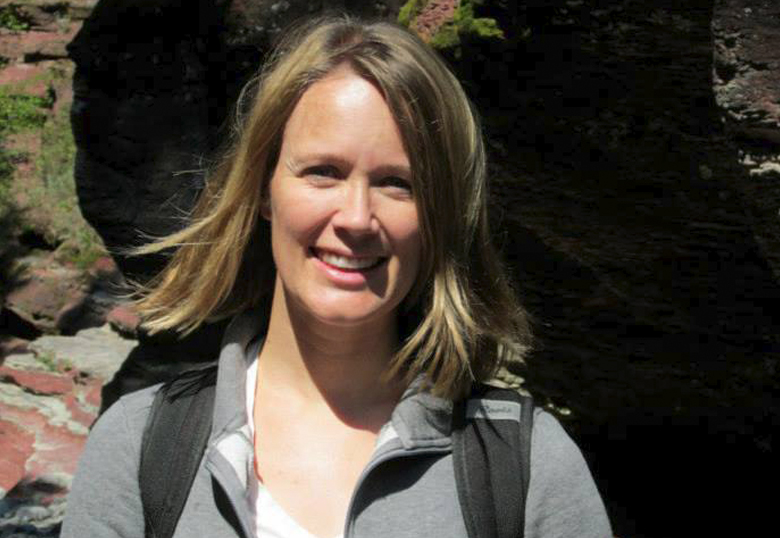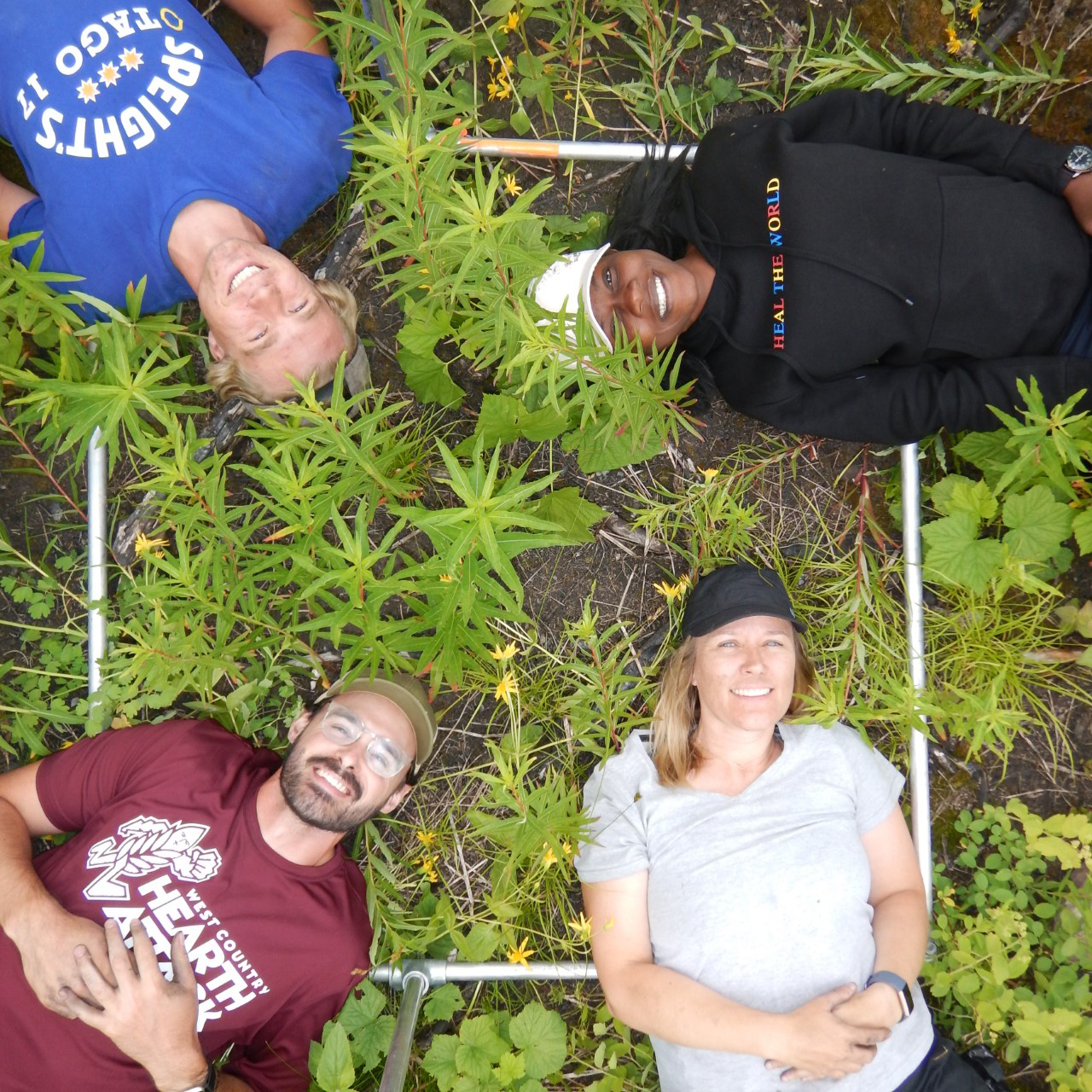As wildland fires continue to increase in frequency, size and intensity throughout Canada, University of Lethbridge researchers have received funding to work with the Natural Sciences and Engineering Research Council of Canada (NSERC) — Canada Wildfire Strategic Network, and in collaboration with the Canadian Forest Service.

The group, led by Dr. Laura Chasmer in the Department of Geography and Environment, is part of the cooperative research network designed to address national wildland fire science needs and priorities. Dr. Mike Flannigan (University of Alberta) is the principal investigator for the project that includes representation from researchers across the country — a group united in creating better emergency management strategies and informing forest management policy and practices, among others.
“I get the sense with this group they really want to improve fire management and our understanding of fire for community benefit,” says Chasmer, who will receive $750,000 from a total grant of $5 million earmarked for the network. “A key focus will be to work with experts to improve the forest fire danger rating system — the way we predict and manage wildland fires in the landscape. The way we have traditionally looked at susceptibility for fire is about 40 years old and we don't bring in geospatial information to understand where these fires could occur.”

Chasmer and her team, which includes Dr. Chris Hopkinson, Chair in Terrestrial Ecosystem Remote Sensing, specialize in remote sensing and will use a multispectral LIDAR (light detection and ranging) system funded by Western Economic Diversification Canada to better understand where fire fuels are and where the potential is for fires near communities.
Flying over selected areas in planes equipped with LIDAR technology will allow them to quantify fuels within the vegetation canopy and understory in three dimensions and at very high spatial resolution.
“I'm interested in peatlands and the transitional zones between peatlands and forests. These are wet areas that accumulate a lot of carbon,” says Chasmer. “They're starting to dry out now in central Alberta from changes in climate. So those peatlands have a lot of fuel associated with them.”
The group will target select areas that have the potential to burn as well as measure trees and shrubs and areas that have already burned.
“We're interested in knowing how ecosystems are regenerating following a fire event,” she says. “Will they regenerate the same as they have in the past or, if they're sensitive enough, will they regenerate into a new ecosystem?”
If possible, they may mobilize the LIDAR system to fly in front of an active fire as it burns through the landscape and will also employ the system on a series of Fire Smart plots (test sites), where they will take measurements before and after a controlled burn to gauge a fire’s behaviour.
The research will provide excellent opportunities for students to contribute to the project.
“Each of the leads are very collaborative, and so for students, this gives them the opportunity to not only work with someone like myself or Dr. Hopkinson, but also with those from other universities who have different areas of expertise,” says Chasmer, who already has six students partially funded for the project and expects to add another post-doctoral student, additional masters and PhD students as well as undergraduates.
“There are also opportunities for internships through government agencies such as the Canadian Forest Service (CFS). I already have one student scheduled to do an internship with CFS in the spring term.”
